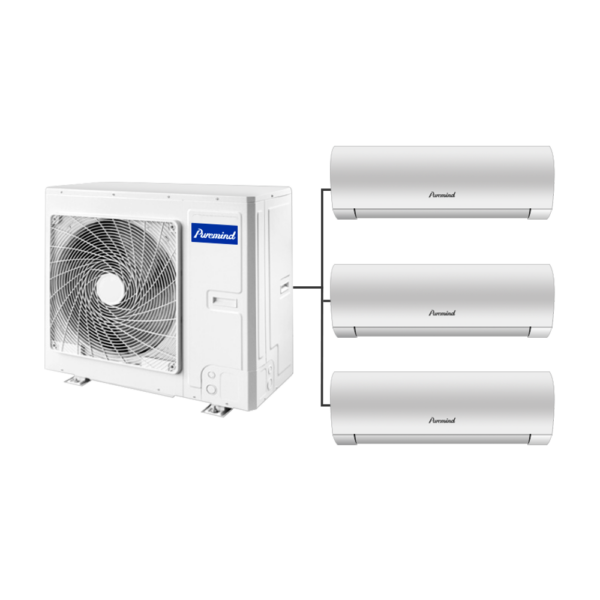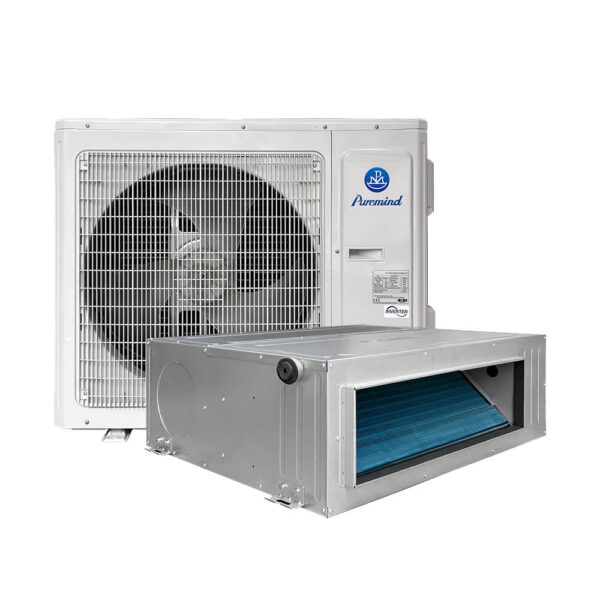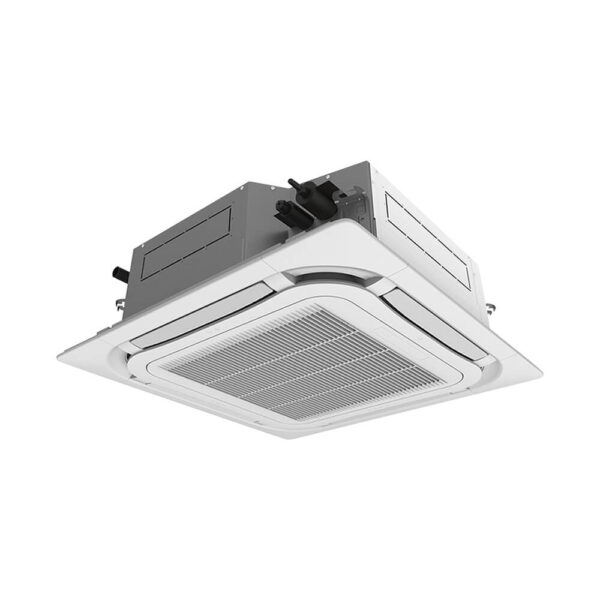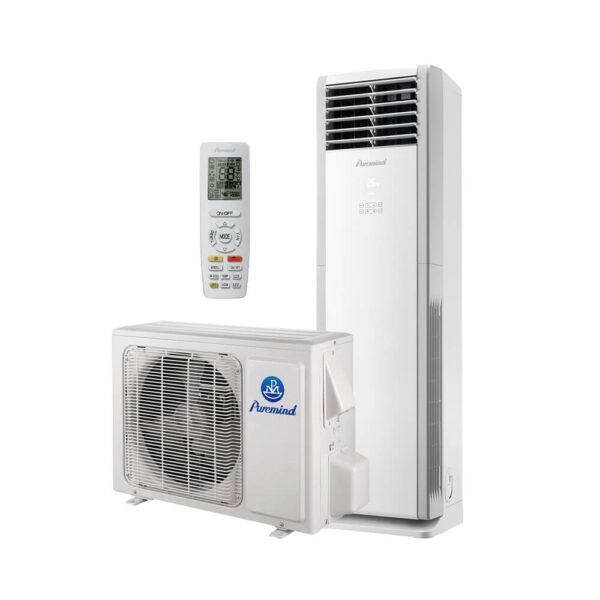HVAC Duct Supply: A Complete Guide for Wholesalers, Suppliers, and Distributors
In the commercial HVAC industry, hvac duct supply is the backbone of airflow management. From skyscrapers and shopping malls to hospitals and data centers, duct systems ensure the effective distribution of conditioned air. For wholesalers, suppliers, and distributors, managing duct supplies is not just about inventory—it is about compliance, efficiency, and delivering long-term value to contractors and facility managers.
What Is HVAC Duct Supply?
HVAC duct supply refers to the sourcing, stocking, and distribution of ducts, fittings, and accessories used to channel air in heating, ventilation, and cooling systems. This includes sheet metal ducts, flexible ducts, fiberglass boards, dampers, insulation, grilles, and connectors. Together, these components form the circulatory system of buildings, ensuring comfort and safety.
Why Duct Supplies Matter for Wholesalers
For wholesalers and distributors, duct products are not just parts—they are essential for meeting project timelines and building contractor trust. In large projects, the absence of reliable ductwork solutions can lead to costly delays and failed inspections. This makes dependable supply chains a business-critical priority.
Key Benefits
- Consistency: Contractors can count on steady availability.
- Efficiency: Well-managed logistics reduce delays and wasted labor.
- Compliance: Stocking products that meet international standards strengthens credibility.
- Growth: Reliable supply chains support entry into new regional markets.
Types of Duct Supplies
Distributors provide a broad range of ducting supplies tailored to different building requirements:
- Sheet metal ducts (galvanized steel, aluminum)
- Flexible ducts for compact installations
- Fiberglass duct boards for insulation
- Registers, grilles, and diffusers
- Fire dampers and airflow regulators
- Sealants, tapes, and connectors
- Hangers, supports, and vibration isolators
The HVAC Duct Supply Chain
The duct supply chain involves multiple stakeholders from manufacturer to end user:
- Manufacturers: Produce ducts and accessories that meet energy codes.
- Wholesalers: Buy in bulk and manage diverse product lines.
- Regional Distributors: Ensure availability across local markets.
- Contractors: Install and maintain duct systems in facilities.
- End Users: Hospitals, schools, and office buildings rely on ducts for comfort and safety.
Best Practices for Wholesalers
Wholesalers can strengthen their role in ductwork distribution by following best practices:
- Accurate Forecasting: Anticipate seasonal demand with data analytics.
- Vendor Diversity: Work with multiple manufacturers to minimize risk.
- Compliance Focus: Ensure products align with industry regulations and building codes.
- After-Sales Support: Offer manuals, spare parts, and technical resources.
- Digital Platforms: Use ERP systems and e-commerce portals for ordering efficiency.
Case Study: Hospital Expansion Project
During a hospital expansion, a distributor provided insulated ducts, advanced dampers, and specialized diffusers to meet strict health standards. By ensuring timely delivery and offering technical support, the wholesaler helped contractors meet both deadlines and compliance requirements. The project became a model of how dependable ducting supplies add value beyond the product itself.
Challenges in Duct Supply
Despite steady demand, hvac duct supply faces several challenges:
- Global Logistics: Shipping delays affect material availability.
- Rising Raw Material Costs: Steel and aluminum price swings pressure margins.
- Changing Standards: Energy codes and refrigerant policies demand frequent product updates.
- Inventory Management: Balancing stock to avoid shortages or overstocking.
How to Choose a Reliable Supply Partner
Contractors and facility managers expect more than competitive pricing—they want reliability, compliance, and service. Strong supply partners deliver all three.
Checklist
- Does the distributor offer a complete range of hvac duct supplies?
- Are products certified to meet energy efficiency standards?
- Do they provide technical documentation and training?
- Is pricing transparent and consistent?
- Do they support online ordering and real-time tracking?
Regional Insights
Global demand for duct systems varies by region:
North America
Driven by LEED standards and state energy codes, insulated ducts and airtight sealing products are in high demand.
Europe
Strict EU energy directives increase demand for eco-friendly duct products and recyclable materials.
Asia-Pacific
Urban growth drives demand for duct systems in commercial towers. Regional logistics hubs are critical for success.
Middle East
Extreme climate conditions require durable, corrosion-resistant ducts. Projects emphasize long-lasting, high-capacity systems.
Future Trends in HVAC Duct Supply
The future of duct distribution will be shaped by sustainability and digitalization:
- Smart Ducts: Sensors monitoring airflow and energy performance.
- Eco-Friendly Materials: Use of recycled metals and low-VOC insulation.
- Automation: AI and ERP tools streamline supply chain operations.
- Green Standards: Duct products aligning with global carbon-reduction targets.
Conclusion
The importance of hvac duct supply to modern construction cannot be overstated. From healthcare to commercial real estate, ducts ensure safety, comfort, and energy efficiency. For wholesalers, suppliers, and distributors, success lies in managing supply chains, meeting compliance requirements, and providing value beyond products. By adopting digital tools, embracing sustainable practices, and delivering consistent service, businesses can lead the future of duct distribution.
For related solutions, explore our split air conditioner category to complement your duct system offerings.







